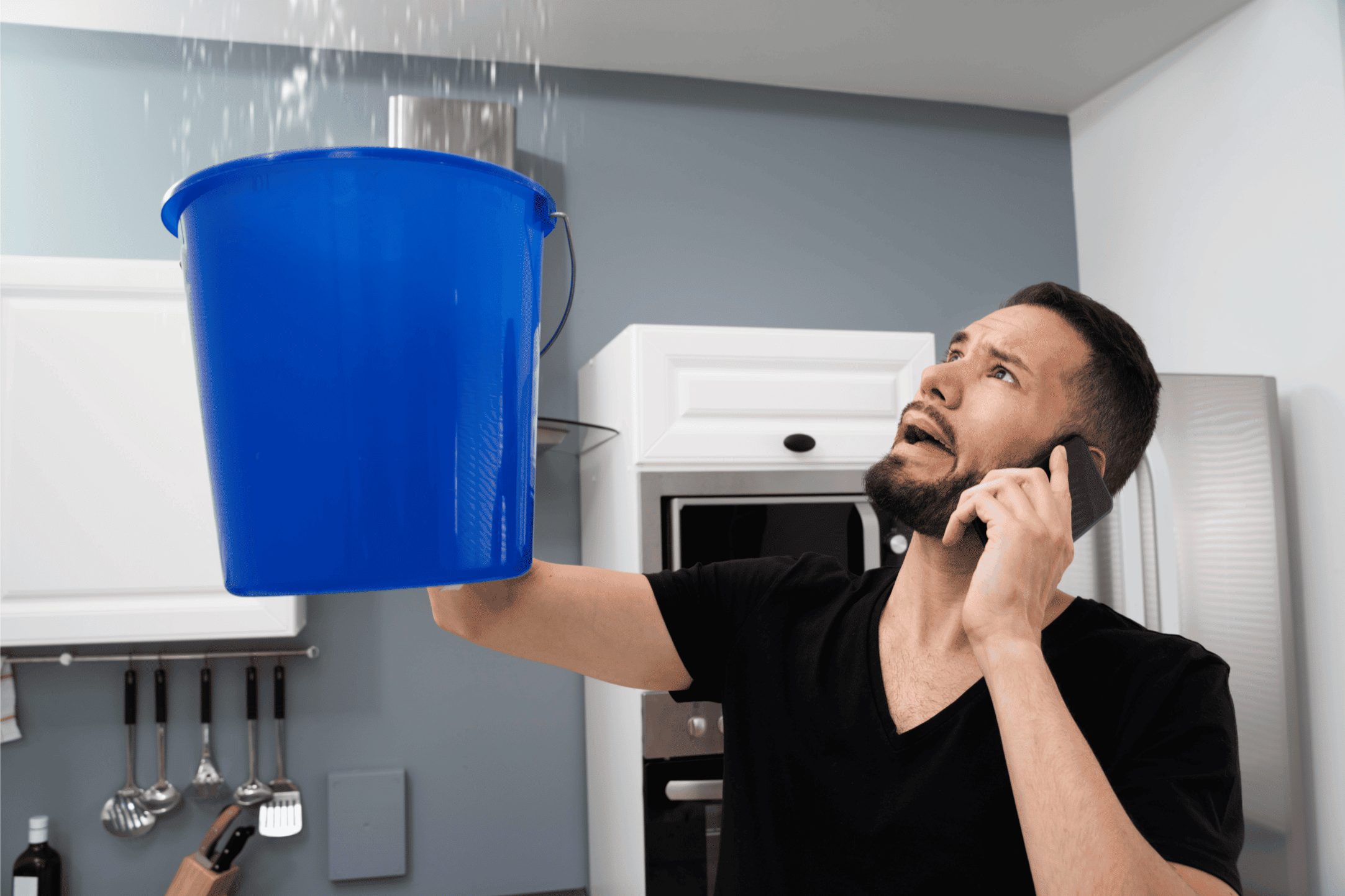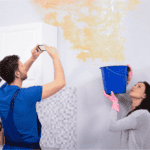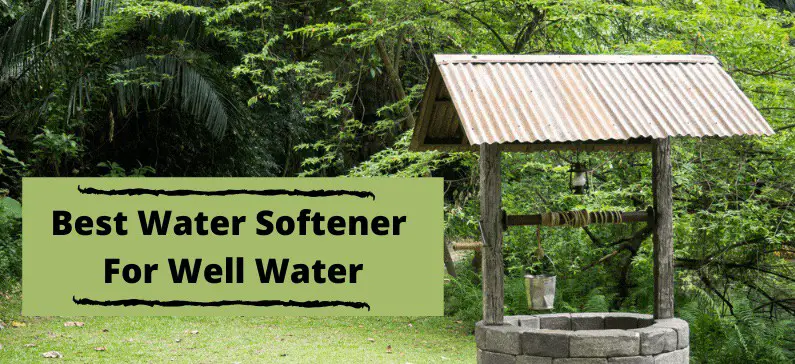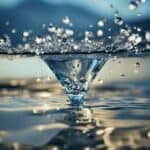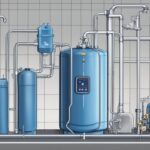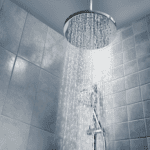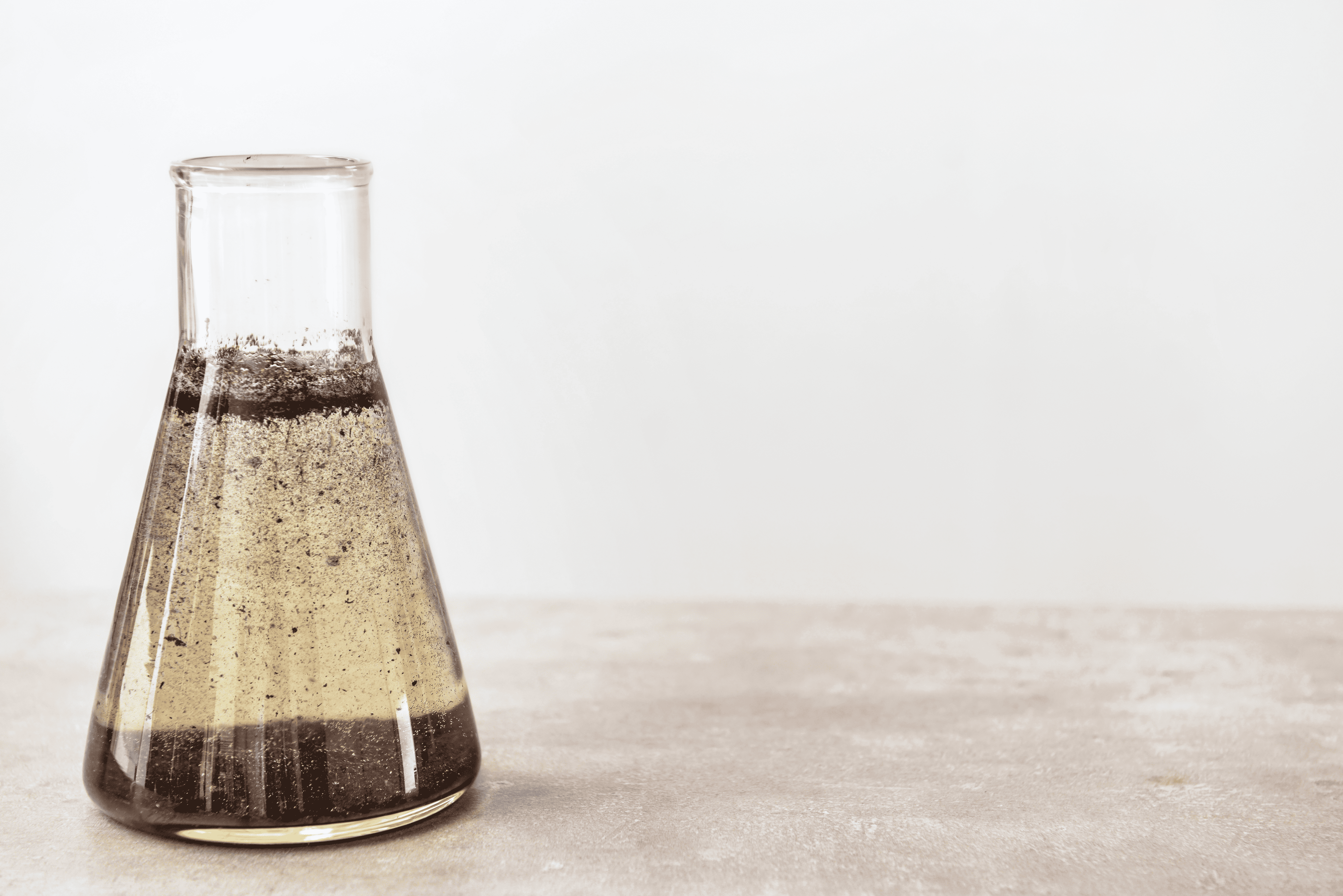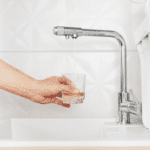Water damage restoration is an essential service for property owners facing the aftermath of water intrusions, which can occur due to a range of issues such as plumbing leaks, appliance malfunctions, severe weather, and other unforeseen accidents. When water seeps into places where it shouldn’t, it can cause significant damage to the structure of a building, personal property, and even pose health risks due to the potential growth of mold and mildew.
Addressing water damage promptly and effectively is critical to minimizing the impact and preventing long-term issues. Professional restoration companies are equipped with the tools, techniques, and knowledge necessary to remove water and repair the damage. Their expertise allows for a thorough process that includes not only the extraction of standing water but also the drying and dehumidifying of affected areas to prevent future problems.
Key Takeaways
- Addressing water damage quickly can minimize structural and property damage.
- Professional restoration services use specialized equipment for water removal and repair.
- Effective restoration reduces health risks associated with water damage and prevents future issues.
Causes of Water Damage
Water damage in your property can stem from various sources. Recognizing the common causes is vital for prevention and timely intervention.
Natural Disasters
Natural disasters like floods, severe storms, and hurricanes can lead to significant water damage. Torrential rains and flash flooding overwhelm structures and can quickly allow water to enter and damage your property.
Plumbing Failures
Plumbing failures are a leading cause of water damage. These can include:
- Burst pipes: often due to freezing temperatures or wear and tear.
- Worn fixtures: leading to leaks over time.
Appliance Leaks
Household appliances can leak and cause damage, particularly:
- Water heaters: failure often results in substantial leaks.
- Washing machines: hose failures are common water damage culprits.
Poor Drainage Systems
Inadequate drainage can cause water to pool around your property, potentially leading to:
- Clogged gutters: causing water to overflow and seep into your property.
- Poorly directed downspouts: they should direct water away from your house to prevent foundation damage.
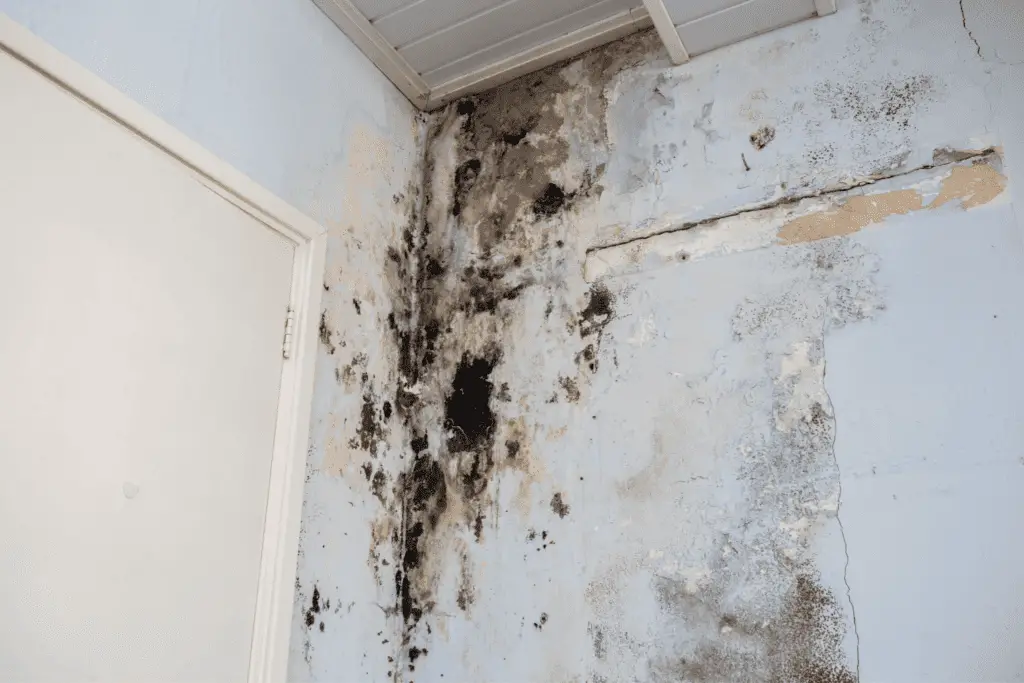
Health and Safety Considerations
When addressing water damage restoration, your priority should be to ensure a safe environment. This involves assessing mold and mildew risks, understanding the dangers of contaminated water, and recognizing structural hazards.
Mold and Mildew Growth
Presence: After water damage, mold and mildew may develop within 24-48 hours. These contaminants can cause significant health issues, such as allergies and respiratory problems.
Prevention: To mitigate mold and mildew, engage in rapid water extraction followed by thorough drying and dehumidification. Regular inspection for signs of growth and immediate remediation are vital.
Contaminated Water Risks
Categories: Water contamination can be classified into three types:
- Category 1: “Clean” water from sanitary sources
- Category 2: “Grey” water, potentially containing contaminants
- Category 3: “Black” water, heavily contaminated and may harbor harmful agents
Actions: Upon identifying the type of water, ensure you wear protective gear and sanitize affected areas thoroughly to prevent illness from water-borne pathogens. Category 2 and 3 water require immediate attention by professionals.
Structural Hazards
Identification: Water damage can compromise the structural integrity of your property. Look for signs of damage in floors, walls, and ceilings, which may indicate potential risk areas.
Consultation: Engage a structural engineer when necessary to assess the stability and safety of your property. Restoration efforts should only proceed once the environment is deemed secure.
Inspection and Assessment
Prior to restoration, a thorough inspection and assessment is critical to developing an effective plan for water damage recovery. This stage defines the extent of the damage, the water contamination level, and the moisture’s impact on materials.
Determining the Scope of Damage
To start, a detailed inspection of your property will occur. Professionals will meticulously identify the areas affected by water and the level of structural damage. This includes inspecting walls, ceilings, insulation, ductwork, and flooring for moisture. They will also locate the source of the water to halt further damage.
- Visual Inspection: Utilizing tools like moisture meters to pinpoint affected areas.
- Documentation: Creating a comprehensive report on affected components and damage severity.
Water Damage Categories
You will encounter categorization of the water which helps determine the suitable response and precautions needed.
- Category 1: Clean water that does not pose a substantial threat.
- Category 2: Grey water which may contain some contaminants.
- Category 3: Black water, highly contaminated and can cause severe illness.
Water Damage Classes
Alongside categorization, the water damage is also classified according to the extent of water absorption and evaporation load.
- Class 1: Least amount of water, absorption, and evaporation load; affects only a part of a room or area.
- Class 2: Large amount of water, absorption, and evaporation; involves an entire room or carpeting.
- Class 3: Greatest amount of water; may come from overhead, affecting ceilings, walls, insulation, carpet, and sub-floor.
- Class 4: Specialty drying situations; involves materials with low permeance/porosity such as hardwood, plaster, and concrete.
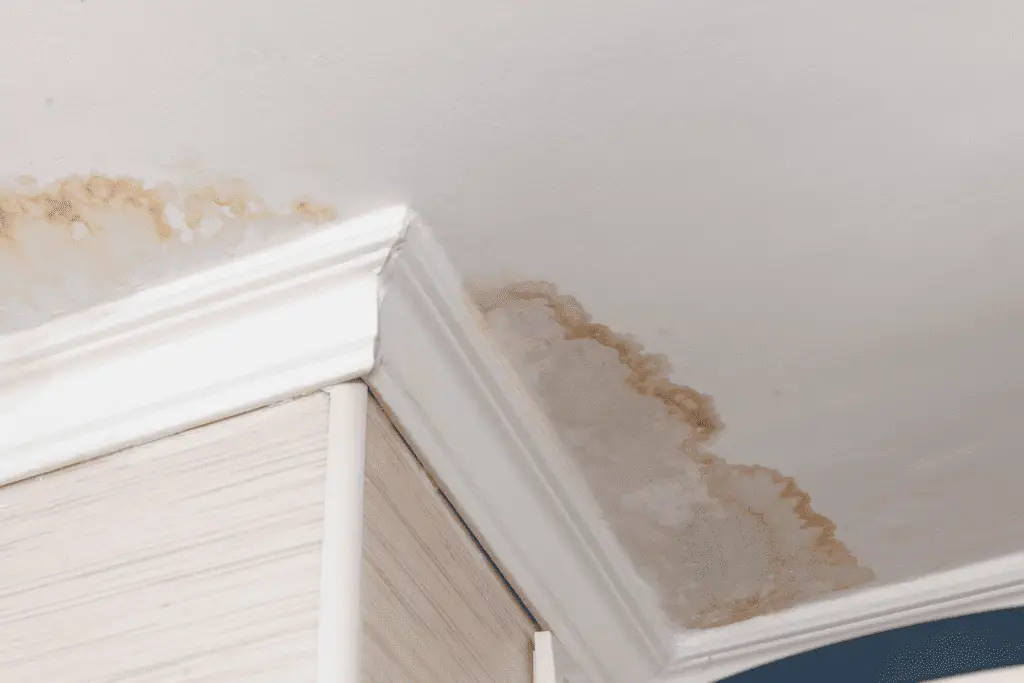
Water Removal Process
In addressing water damage, the removal process is critical to mitigate further damage and prepare for restoration.
Initial Water Extraction
Your first priority should be to stop the inflow of water and to remove standing water from the affected area. This is achieved by using powerful pumps and industrial vacuums. The speed of this phase is crucial to reduce water absorption by various surfaces and materials.
- Stop Water Flow: Locate and halt the source of water immediately.
- Water Extraction Equipment: Employ pumps and vacuums to remove water.
Drying and Dehumidifying
After the bulk of the water is extracted, your focus should shift to drying and dehumidifying the space. This step is essential to prevent the proliferation of mold and mildew.
- Air Movers: Industrial fans or air movers help circulate air and expedite drying.
- Dehumidifiers: These devices are crucial in pulling moisture from the air and materials in the room.
Handling Damaged Items
Finally, you’ll need to address items affected by water. Salvageable items should be dried and cleaned, while others may need to be discarded.
- Salvageable Items: Clean, disinfect, and dry items that can be saved.
- Unsalvageable Items: Identify which items are beyond repair and properly dispose of them.
Restoration and Repair
When your property suffers water damage, timely restoration and repair are critical to prevent further structural deterioration and to ensure a return to safety and normalcy.
Structural Repairs
In the aftermath of water damage, structural repairs are a top priority. You may need to:
- Inspect the integrity of foundational elements, bearing walls, and other support structures.
- Assess and repair damage to roofing, flooring, and drywall to prevent collapse or further degradation.
It’s important to address any warping, swelling, or compromising of structural materials to maintain the safety and stability of your property.
Material Replacement
Water-damaged materials often require replacement to the avoid growth of mold and ensure indoor air quality. Key considerations include:
- Identifying materials that are beyond repair, such as soaked insulation or stained carpeting.
- Selecting replacement materials that are durable and resistant to future water damage.
Immediate attention to compromised materials can prevent long-term issues and additional costs.
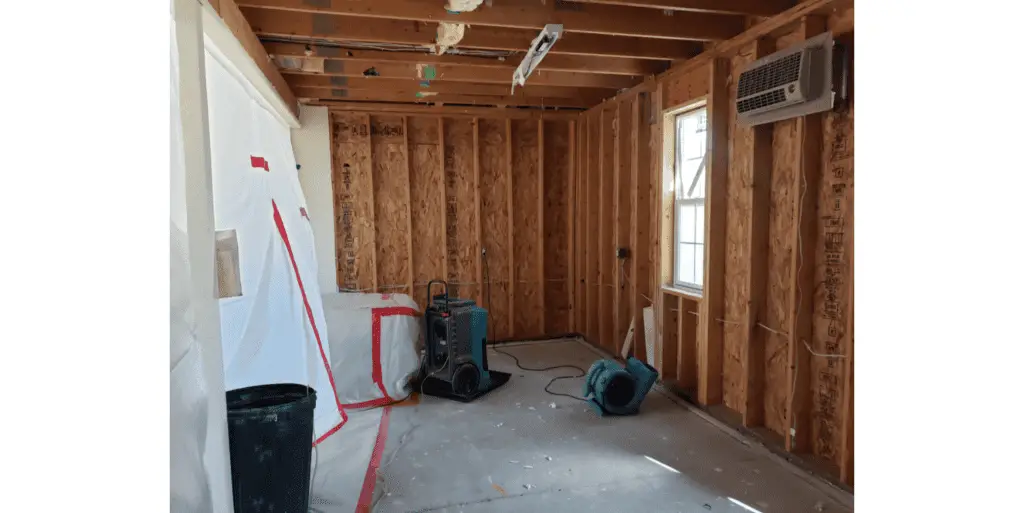
Preventing Future Water Damage
After addressing the immediate concerns of water damage, your focus should shift to implementing strategies to prevent future incidents. These measures not only safeguard your property but also spare you from potential costly repairs down the line.
Waterproofing Solutions
To prevent water from entering your home, consider a range of waterproofing solutions. Basement waterproofing can involve applying sealants to your basement walls and floors or installing an interior drainage system. For areas susceptible to flooding, a sump pump is essential to quickly remove water that has accumulated in the sump basin. Exterior waterproofing may include grading the landscape away from your home’s foundation, which helps redirect water and prevents accumulation near the house.
Regular Maintenance Tips
Keeping your property in top condition means staying on top of regular maintenance. Regularly inspect your roof for missing, damaged, or aging shingles and ensure that all seals and joints are intact. Clean your gutters and downspouts to prevent blockages that can cause water to overflow and penetrate the structure. Check your plumbing frequently for leaks and have them fixed immediately to avoid water damage from burst pipes. Insulate your pipes to prevent them from freezing and bursting in cold weather.
Installing Water Detection Systems
Early detection can drastically reduce the risk and severity of water damage. Install water detectors in high-risk areas, such as under sinks, near water heaters, washing machines, and in the basement. These devices alert you to the presence of unwanted water before extensive damage occurs. Consider a smart home water monitor for real-time monitoring and notifications on your smartphone to take immediate action, even when you’re away from home.
Professional Services
When confronting water damage, promptly employing professional restoration services is crucial to mitigate further loss and begin the recovery process.
Choosing a Restoration Company
Your choice of a water damage restoration company should be informed by their credentials and customer feedback. Ensure the technicians are certified and that the company utilizes the latest technology. Key factors to consider include:
- Certification: Look for companies where technicians have certifications from reputable organizations.
- Experience: Check how long the company has been in business and read reviews.
- Services Offered: Confirm they offer a range of services such as water extraction, structural drying, dehumidification, and odor removal.
Understanding the Cost
The cost of water damage restoration can vary widely depending on the extent of damage and the services required. To comprehend the pricing structure, examine the following:
- Initial Evaluation: A professional assessment which often determines the preliminary costs.
- Services Charged: Itemize what restoration procedures you’re being billed for on your invoice.
- Additional Costs: Be aware of potential extra charges for services like storage or specialized restoration of damaged items.
Dealing with insurance during water damage restoration can be overwhelming, but knowledge is power. Here’s how you can effectively manage the process:
- Documentation: Keep detailed records of all damages and correspondence with the restoration company.
- Communication: Stay in touch with your insurance provider, and ensure all required documents are submitted promptly.
- Professional Advice: Many restoration companies will offer to help guide you through the insurance claim process.
By meticulously choosing your restoration service provider, understanding the costs involved, and expertly handling your insurance claims, you can navigate the aftermath of water damage with confidence.
Frequently Asked Questions
Navigating water damage restoration can be overwhelming. This section covers essential queries to clarify the process and help you make informed decisions about restoring your property.
How can water damage in a home be fixed?
Water damage in a home can be remedied by identifying the source of the water, stopping the influx, removing standing water, drying out the affected areas, sanitizing them, and then repairing or replacing damaged materials.
What steps are involved in the water damage restoration process?
The steps involved in the water damage restoration process typically include emergency contact, assessment and inspection, water removal, drying and dehumidification, cleaning and sanitizing, and finally, restoration and repairs.
What are common signs that indicate the need for water damage repair?
Common signs of water damage include visible water stains on ceilings or walls, mold growth, musty odors, peeling paint or wallpaper, swollen drywall, and in more severe cases, structural damage such as sagging ceilings or floors.
How long does it typically take to restore a property after water damage?
Restoration time after water damage can vary widely, from a few days to several weeks, depending on the extent of the damage, the size of the affected area, the length of time the property has been exposed to water, and the speed of the remediation process.
Are there any DIY methods for mitigating water damage?
While professional services are recommended for extensive water damage, you can mitigate minor issues by removing water with mops or towels, using fans and dehumidifiers to dry out the area, and cleaning fabrics and upholstery. Always prioritize safety and call professionals if the damage is significant.
What factors influence the cost of water damage restoration services?
Factors that influence the cost include the size of the affected area, the type of water involved (clean, gray, or black water), the extent of the damage, the time required for restoration, and the materials and equipment needed for repairs and cleanup.

